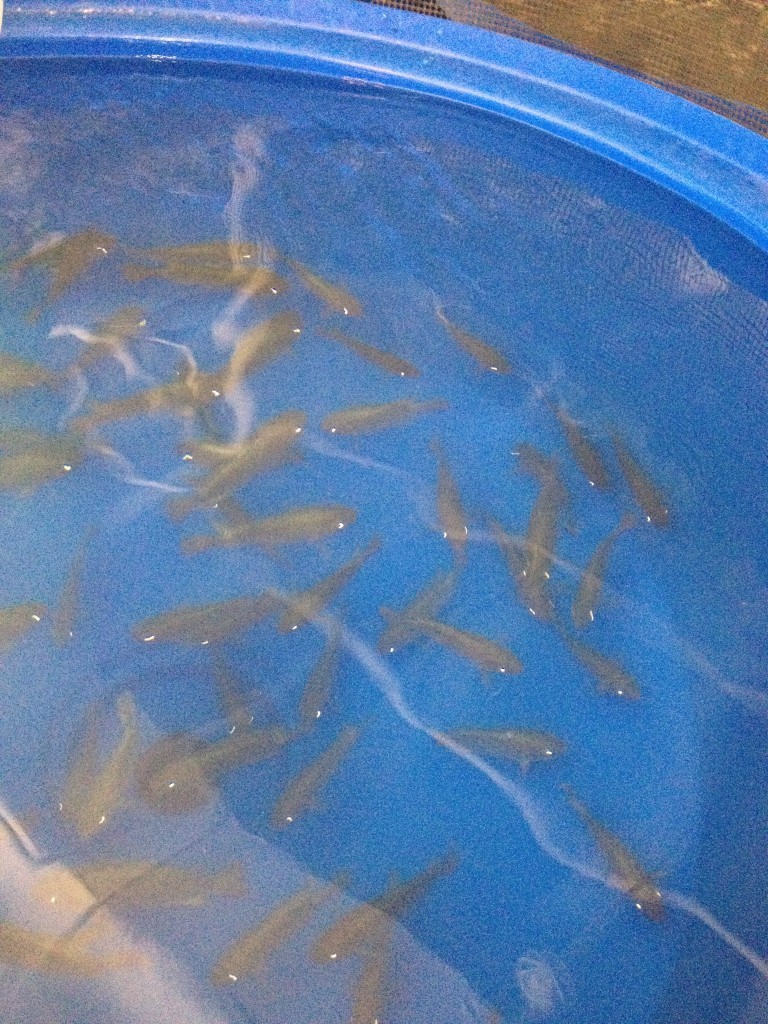 The first time I saw an aquaponics system was at EPCOT in Walt Disney World in 2009. I’d sold groceries for Sysco, (aka The Blue Cube) to half a dozen of the food pavilions in EPCOT. One early morning, I was invited to see the “new” food system. Yes, I loved my backstage pass to EPCOT if you were wondering.
The first time I saw an aquaponics system was at EPCOT in Walt Disney World in 2009. I’d sold groceries for Sysco, (aka The Blue Cube) to half a dozen of the food pavilions in EPCOT. One early morning, I was invited to see the “new” food system. Yes, I loved my backstage pass to EPCOT if you were wondering.
The whole concept, plants and fish growing, strike that, thriving, in a combined, contained, sterile-looking indoor environment, seemed very outer-space-like.
I remember thinking, is this the future of food?
“This” being aquaponics.
Aquaponics is the marriage of hydro-culture (growing plants without soil), and aquaculture (growing, or farming fish in a contained environment).
The second time I saw an aquaponics system was the following year at Green Sky Growers. The late Bert Roper, organic citrus pioneer, developed this rooftop system on top of his building in Winter Garden, Florida. The family sold the system, but it continues to produce and distribute fish and greens throughout the Orlando area, and at the Winter Garden farmer’s market.
Since I moved to Kentucky in late 2011, I didn’t give aquaponics much more thought, although when I began to call around last fall looking for fresh water prawns, (and couldn’t find any) the idea of growing my own prawns and tilapia began to surface in my grey matter. But aquaponics? Nary a thought, even though I love the concept.
Aquaponics is the ultimate recycled, eco-friendly way to grow food.
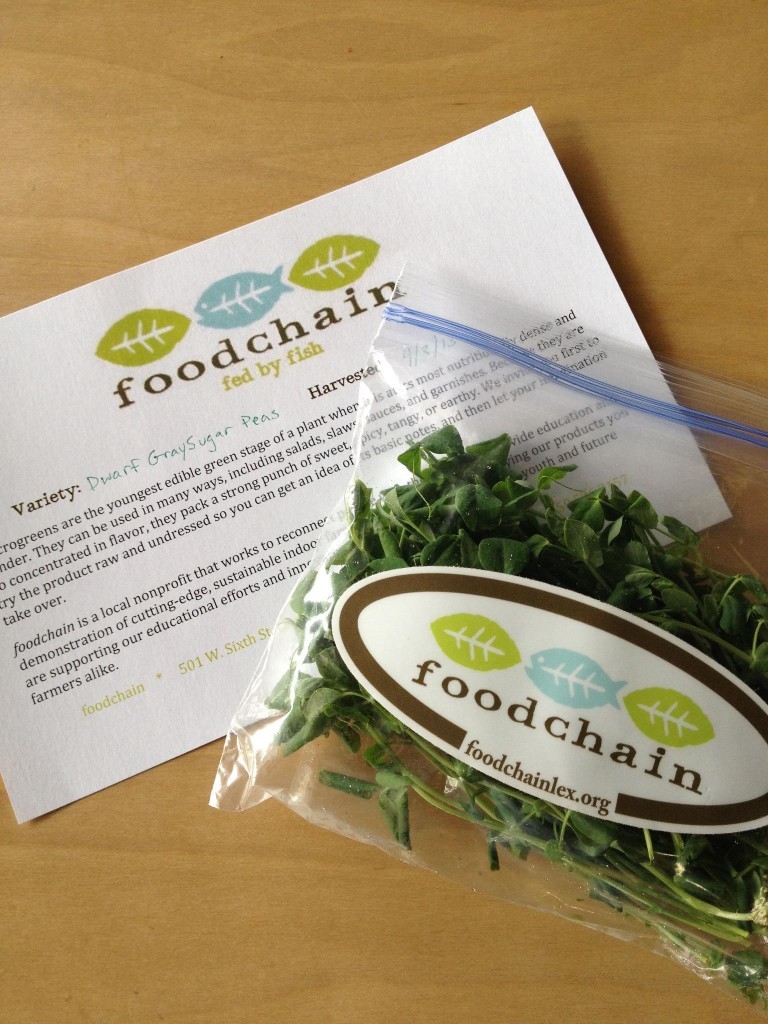 Imagine my delight when I stumbled on FoodChain: Fed by Fish, an aquaponics facility in Lexington, Kentucky.
Imagine my delight when I stumbled on FoodChain: Fed by Fish, an aquaponics facility in Lexington, Kentucky.
In a state where the top agriculture products are horses, chicken, cattle, tobacco and soybean, the last species on the list as in income producer I’d expected to see when I moved here was fish. Folks just don’t talk about fish production around here much. Large mouth bass? That another story.
To understand and discover what the-new-kid-on-the-block is doing here in Kentucky, I went straight to the source.
Rebecca Self, known as Becca, a local change agent in Central Kentucky, explains the concept and plans for FoodChain, Lexington’s first aquaponics system.
Seafood Lady: Many “artisanal” markets and growers can identify the exact need and desire to start their projects. When was the defining moment for you to begin, and then build FoodChain?
Becca: That’s hard to pinpoint as it was more of a slow build of interest in aquaponics (largely due to its educational appeal). But I can say I distinctly remember conversations trying to convince others I knew to take it on before ultimately taking the leap myself in October 2011.
SL: Take us through the steps in the-day-of-a-life of FoodChain?
B: So we officially registered as an organization in Oct of 2011, but we didn’t get our 501c3 status until May of 2012. We spend 2012 primarily fundraising for construction of our large aquaponics system, though we also did educational outreach and build our prototype aquaponics system in May, 2012. We began construction on our space and ultimately the 7000 aquaponics system on Jan.7, 2013. As of today (April 2) we’ve got our system completed and have only minor pieces of building construction remaining.
SL: How many fish pens do you have? or How many fish will each pen support?
B: Each tank will hold 65 tilapia and we have 6 fish tanks.
SL: How many pounds of fish will each pen produce? And how often?
B: Each tank will produce 125 lbs of fish. We will harvest one tank every month, so we’ll harvest 125 lbs of fish per month.
SL: What is the harvest cycle?
B: We stock a tank with 50 gram (.1lb) fingerlings every time we harvest from it. It then takes approximately 6 months for those fish to grow to full harvest size, approx. 2lb fish.
SL: Where do you buy the fry?
B: Right now we’re working with KSU for our supply, but our plan is to actually breed onsite in the long run.
SL: How large (in pounds) will you grow the tilapia?
B: 2 lbs per fish.
SL: Will you sell the tilapia?
B: Yes, to restaurants.
SL: How long does it take fry to grow into fish you can sell?
B: 6 months.
SL: A traditional aquaculture system requires anywhere from 4:1 to 10:1 feed conversion ratio. Compare the benefits of an aquaponics system to an aquaculture system using the aquaponics feed conversion ratio.
B: The aquaponics feed ratio shouldn’t be any different than that of aquaculture (still just growing fish using feed. However, their waste is what is then used to feed our plants. The sales of leafy greens from the system far outstrips that of the fish since a fish lives a lot longer than a plant and because it takes more than one plant to filter the water for one fish.
 SL: Explain what a contained system is, and how the water is filtered.
SL: Explain what a contained system is, and how the water is filtered.
B: We have multiple layers. The first is a clarifying, or a tank with a baffle that slows the water coming from the fish tanks to then drop the larger solids, which can then be removed. We then have a biofilter tank than both removes fine solids as they move across it but also houses bacteria to then convert the ammonia waste into nitrate (plant food). Nitrate is both nontoxic to fish (except in extreme amounts) but also a readily available source of nitrogen for plants to uptake.
SL: If someone wanted to build an outdoor aquaponics system in a less than ideal growing climate,what happens to the aquaponics system during the harsh winter months?
B: If you’re outdoors you would either have to shut the system down or find a way of sheltering it or heating it.
SL: What other foods will FoodChain grow?
B: Leafy vegetables such as lettuces, herbs, and microgreens. We’ll actually have a very small crop of freshwater prawns as well, though we’ll be using them as a natural way of moving water in the growbeds rather than as a crop.
SL: Who will benefit from the foods produced at FoodChain?
B: Our plan is to sell the food to local restaurants to both offset our operational costs and to provide education for marketing and sales for potential producers.
SL: Are you large enough to support wholesale and retail distribution to the food industry? If so, who will distribute FoodChain’s products?
B: Nope, we’re a pretty small operation so we’ll be doing our own distribution. In fact, the majority of it we’ll be able to deliver next door to a restaurant we share a wall with.
SL: Where is FoodChain located?
B: In the Bread Box in downtown Lexington (former Rainbow Bread Factory)
SL: How did you find the space?
B: We got connected with it through West Sixth Brewing who both owns the building and had a supply of spent grain that we could take advantage of for alternative feed sources for our fish.
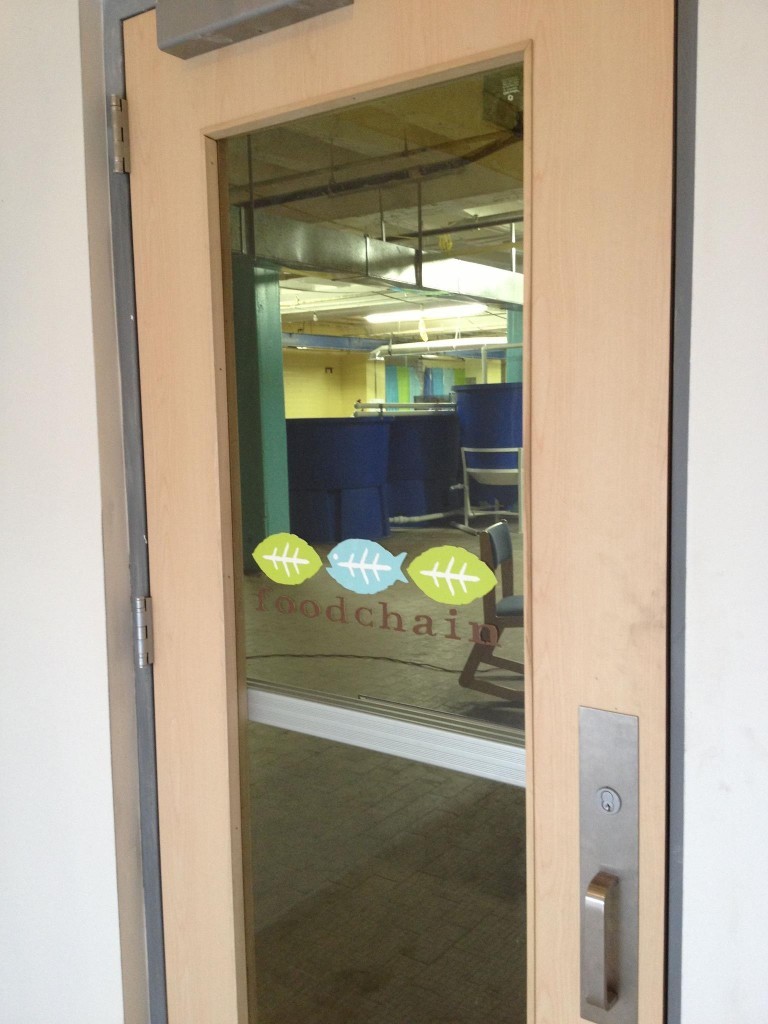 SL: Are you open to the public?
SL: Are you open to the public?
B: We will be for tours though because we’re still finishing up construction we aren’t yet.
SL: What are the FoodChain hours of operation?
B: TBD
SL: FoodChain’s Facebook page states, “The food produced will be sold to the local direct sales market to fund sustainable educational programming.” Have you targeted specific organizations that will benefit from the profits?
B: We are that organization. FoodChain is a 501c3 focused on education and demonstration of sustainable indoor food production.
SL: What would you like to see happen in the future of FoodChain and more specifically aquaponics?
B: Aquaponics has huge potential in this state, both for traditional farmers to diversify their production techniques as well as new or unidentified producers both in rural and urban settings. It is an extremely clean and energy efficient way of growing food and can be done in a way to both steward our natural resources and still produce product year round. If FoodChain can help model its potential and provide both technical and accessible education on this front, we will have fulfilled our mission.
SL: What are you working on now?
B: Since the system is now complete we’re learning how to operate it! As of last week we’ve added our first batch of tilapia and now we’ll wait for the bacteria to colonize before we can then add our plants. On the larger organizational front, we’re always working to find funding to continue our work, particularly in this stage before we have product to sell, as well as working on community outreach and education.
SL: What advice would you give someone who wants to start an aquaponics operation?
B: Research research research! That goes for both technical know-how and market testing. Seek out and connect with experts in the field. And then TRY IT so you can get your feet both figuratively and literally wet. Attend as much training as you can.
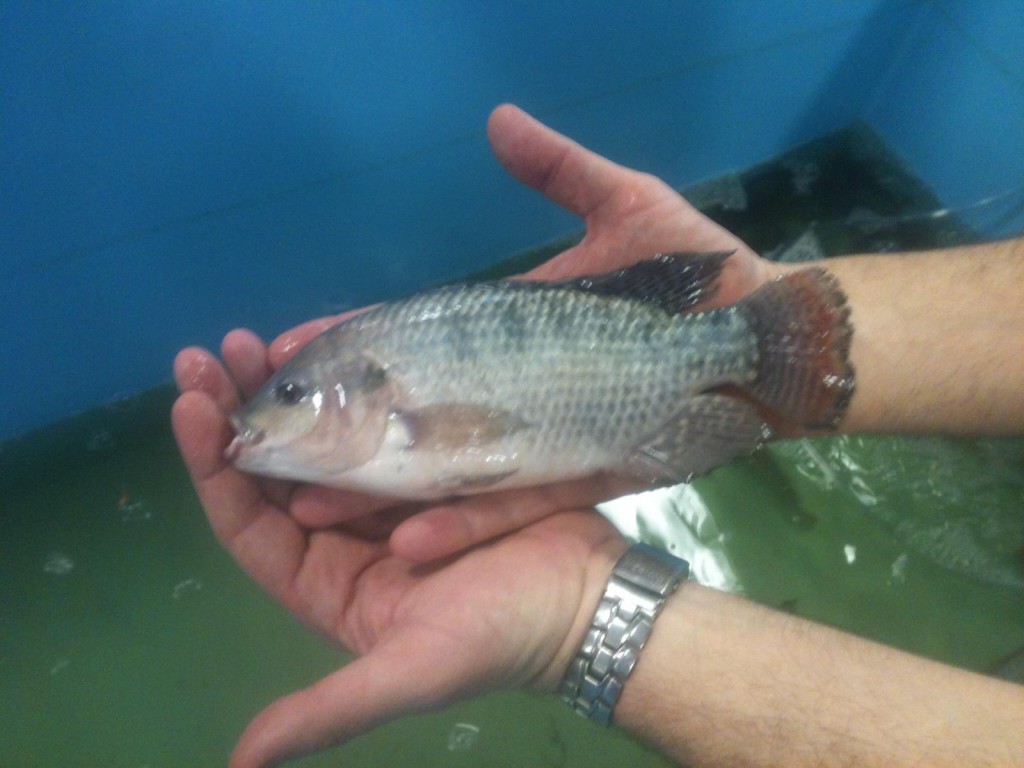 Thanks Becca and best of luck with your fishy adventure.
Thanks Becca and best of luck with your fishy adventure.
Sign up for my blog posts to be delivered to your inbox for updates on FoodChain’s progress and other fishy business.
(Photos courtesy of Food Chain)
Further reading and resources:

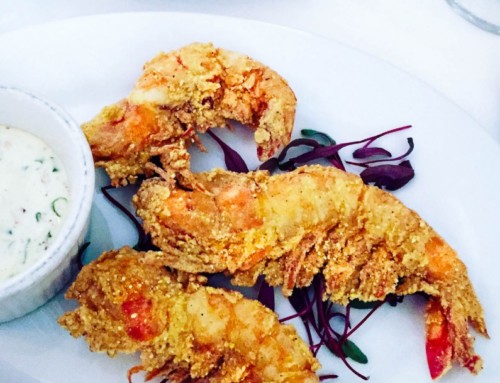
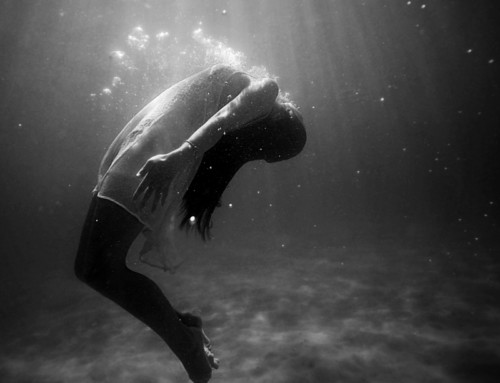

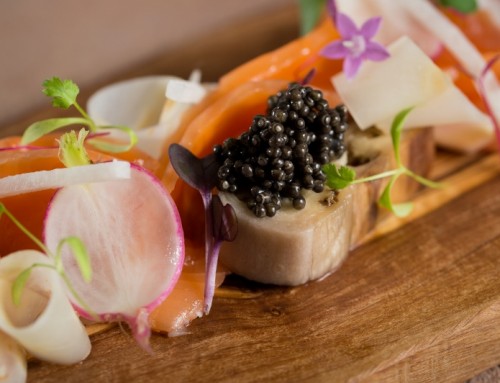


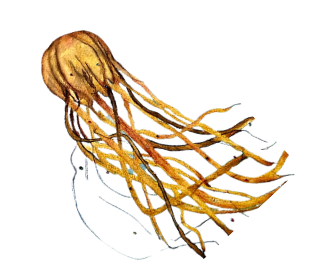

Beautiful story, Maureen, about a truly wonderful demonstration that is unfolding (unwaving?) in central Kentucky, for the benefit of the region. Thank you for this good work.
Thanks Rona. I can’t wait to visit and take a tour.